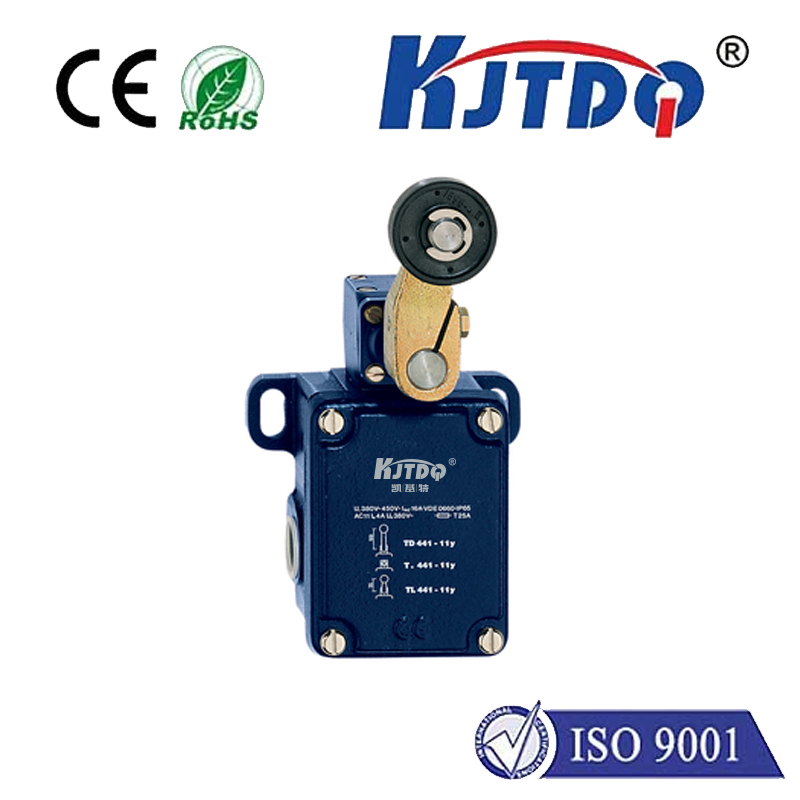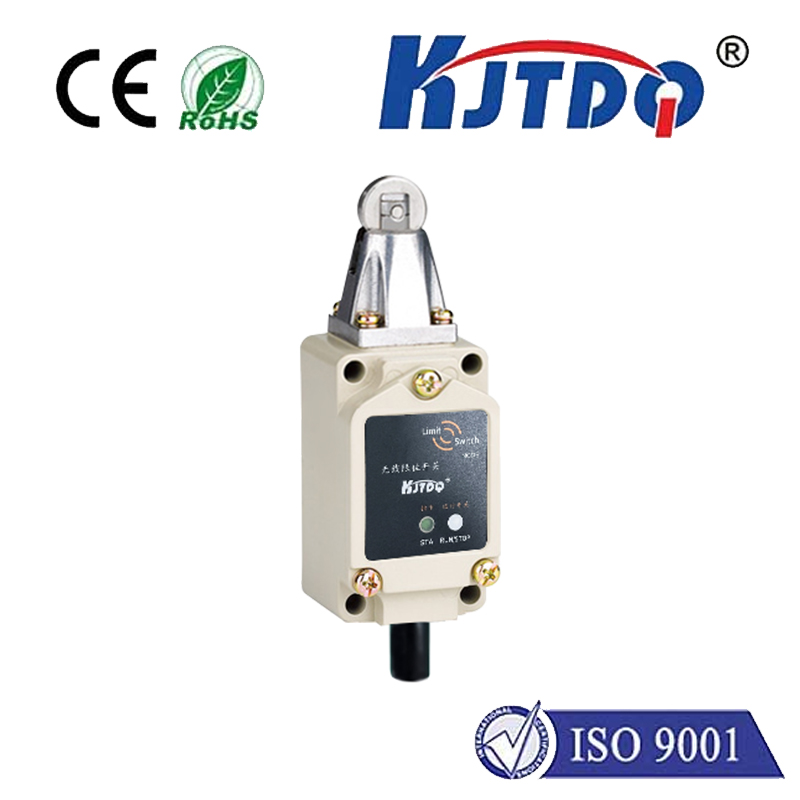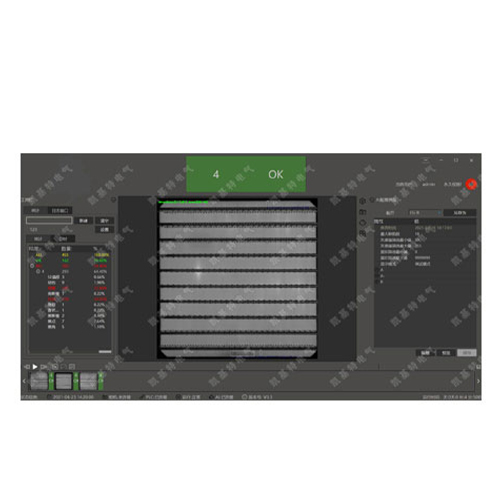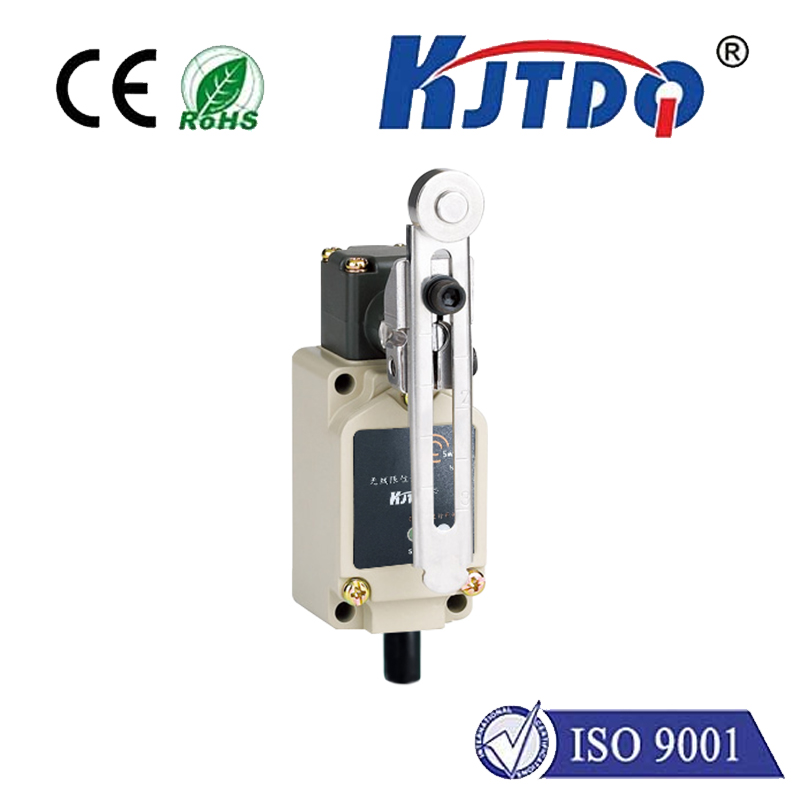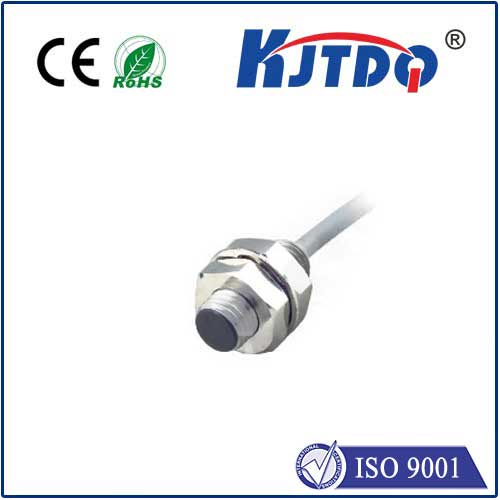PI2794 pressure sensor
- time:2025-09-24 04:47:11
- Click:0
The PI2794 Pressure Sensor: Precision Measurement for Demanding Industrial Environments
In the intricate dance of modern industry, where efficiency, safety, and quality are paramount, the ability to precisely measure fundamental physical forces is non-negotiable. Pressure, a critical parameter across countless processes – from hydraulic systems and process control to environmental monitoring and medical devices – demands sensors of unwavering reliability and accuracy. Enter the PI2794 pressure sensor, a transducer engineered to deliver consistent, high-fidelity pressure data in the face of challenging operational demands. This isn’t just another component; it’s a cornerstone technology enabling smarter decisions, enhanced safety protocols, and optimized performance.
Understanding the Core Function: Sensing Pressure
At its heart, the PI2794 pressure sensor operates on well-established physical principles. Pressure applied to its sensing element – typically a flexible diaphragm – causes a minute deformation. This deformation is transduced into an electrical signal (voltage, current, or digital output) proportional to the applied force. Technologies like piezoresistive (using silicon strain gauges) or capacitive sensing are commonly employed in such devices. The PI2794 excels in translating real-world pressure variations into clear, measurable electronic data that control systems, displays, or data loggers can utilize instantly.
Why the PI2794 Stands Out: Key Features and Specifications

While numerous pressure sensors exist, the PI2794 pressure transducer distinguishes itself through a blend of performance characteristics tailored for industrial rigor:
- Robust Design & Construction: Engineered for durability, the PI2794 often features a stainless steel housing or other corrosion-resistant materials. This inherent ruggedness protects internal components from harsh environmental factors like moisture, dust, vibration, and chemical exposure, common in manufacturing plants, off-road vehicles, and energy production sites.
- High Accuracy and Reliability: Precision is its hallmark. Offering low hysteresis and excellent repeatability, the PI2794 delivers consistent measurements over extended periods. Whether monitoring critical system pressures or ensuring compliance with strict process tolerances, its dependable output is vital.
- Wide Pressure Ranges: Versatility is key. The PI2794 sensor is typically available in various models covering a broad spectrum of pressure ranges, from relatively low vacuums or gauge pressures to significantly high pressures. This allows engineers to select the exact model optimized for their specific application’s needs.
- Stable Output Signals: Depending on the variant, the PI2794 pressure sensor provides industry-standard output signals. Common options include:
- Analog Voltage (e.g., 0-5V, 0-10V): Simple and widely compatible with PLCs and data acquisition systems.
- Analog Current (e.g., 4-20mA): Highly valued in industrial settings for its superior noise immunity over long cable runs and inherent ability to indicate circuit faults (e.g., 0mA = break).
- Digital Outputs (e.g., I2C, SPI): Enabling direct communication with microcontrollers and digital systems, often providing additional diagnostic information and easier integration into smart systems.
- Temperature Compensation: Pressure measurements can be significantly affected by ambient temperature fluctuations. Sophisticated PI2794 sensors incorporate integrated temperature compensation, either through calibrated circuitry or advanced algorithms, ensuring reading stability across their specified operating temperature range. This is critical for maintaining accuracy in environments where temperatures are not constant.
- Long-Term Stability: Minimizing drift over time is essential for maintenance planning and process consistency. The PI2794 is designed with materials and manufacturing processes that promote exceptional long-term stability, reducing the frequency of recalibration.
Diverse Applications: Where the PI2794 Excels
The robust and accurate nature of the PI2794 pressure sensor makes it suitable for a vast array of industries and uses:
- Industrial Automation & Hydraulics/Pneumatics: Monitoring and controlling pressure in hydraulic presses, pumps, valves, actuators, and pneumatic systems. Ensures operational safety and efficiency. (Keywords: industrial sensors, process control, hydraulic pressure)
- HVAC & Refrigeration Systems: Regulating refrigerant pressures, monitoring filter status (differential pressure), and optimizing system performance for energy efficiency. (Keywords: HVAC sensors, refrigeration control)
- Oil & Gas: Measuring pressures in pipelines, wellheads, processing equipment, and drilling operations – environments demanding extreme durability and reliability. (Keywords: oilfield sensors, pipeline monitoring)
- Water & Wastewater Management: Controlling pump pressures, monitoring filtration systems, and detecting leaks in pipelines and treatment facilities. (Keywords: water pressure sensor, wastewater treatment)
- Mobile Machinery & Off-Highway Vehicles: Monitoring hydraulic systems in construction equipment, agricultural machinery, and material handlers, where vibration and shock are constant challenges. (Keywords: mobile hydraulic sensor, rugged transducer)
- Process Industries (Chemical, Pharmaceutical, Food & Beverage): Ensuring precise pressure control in reactors, vessels, filling lines, and sterilization processes critical for safety and product quality. (Keywords: process pressure, hygienic applications – Note: Specific variants with suitable materials and certifications may be needed for food/pharma)
- Test & Measurement: Providing accurate pressure data for R&D laboratories, calibration benches, and testing rigs. (Keywords: test equipment sensor, calibration device)
Integration and Best Practices
Successfully deploying the PI2794 pressure transducer involves careful consideration:
- Correct Model Selection: Choosing the right pressure range (don’t overspecify unnecessarily), output signal (match your control system input), electrical connection, and process connection (thread type, e.g., G 1⁄4”, NPT) is fundamental. Pay close attention to the media compatibility – ensure the sensor’s wetted materials (e.g., diaphragm, seals) are resistant to the fluid being measured.
- Proper Installation: Mounting orientation can sometimes affect performance (check datasheet recommendations). Ensure seals are correctly applied to prevent leaks. Avoid excessive mechanical stress on the sensor body or port. For hydraulic applications, consider damping solutions if pressure spikes are expected.
- Electrical Considerations: Provide the correct excitation voltage (if required) and ensure wiring is correct and secure. Use shielded cables, especially for analog signals, and ground the shield properly at the controller end to minimize electrical noise interference. For 4-20mA loops, ensure the loop resistance is within specifications.
- Environmental Protection: While the PI2794 is robust, ensure its IP (Ingress Protection) rating is adequate for its location. If exposed to extreme elements, additional protective enclosures might be necessary. Avoid mounting directly in areas of excessive vibration or heat unless specifically rated.
- Calibration and Maintenance: While designed for stability, periodic calibration against a known standard is recommended, especially for critical applications or those requiring high accuracy. Follow manufacturer guidelines for recalibration intervals and procedures.
The Value Proposition: More Than Just Data
Investing in a reliable PI2794 pressure sensor translates into








